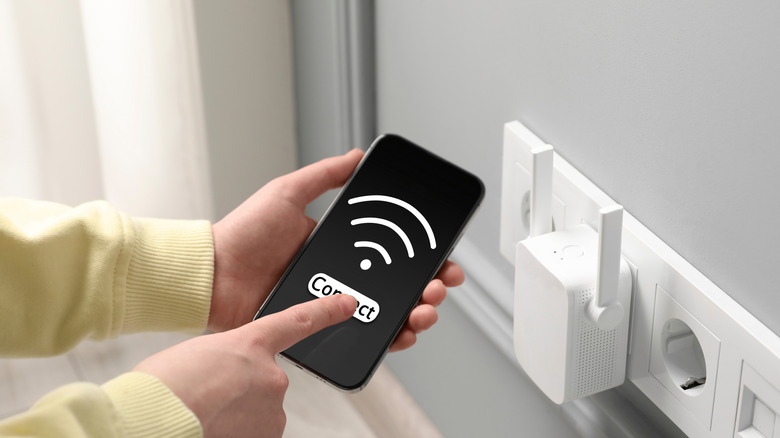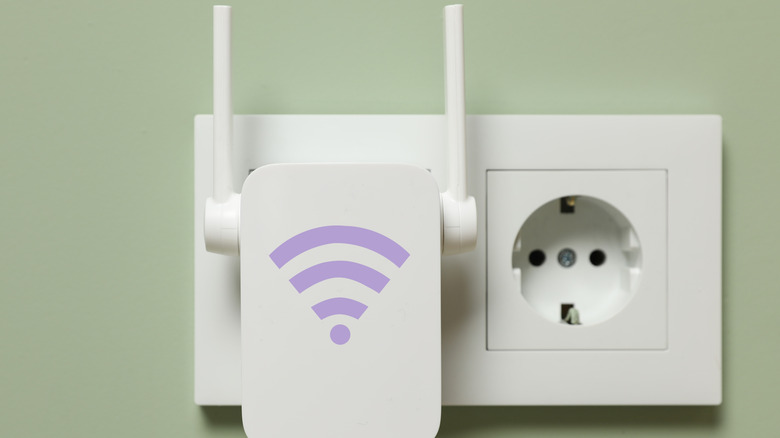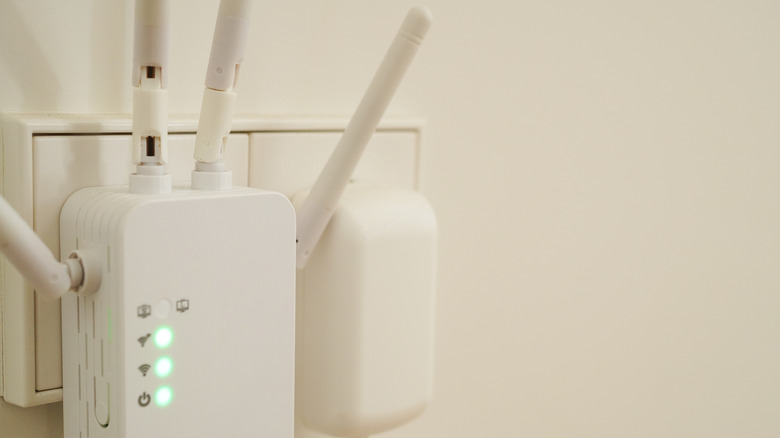Wi-Fi has become an integral part of modern-day living. It allows us to work from home, play online games, and more — all without being tied to fixed locations or cables. But let’s face it, even if you’ve a strong router, you’ll occasionally suffer from Wi-Fi connectivity issues. Think of problems like weak Wi-Fi signal and dropped connections. That said, if you’re like most LAN party attendees, you’ll probably hook up your Ethernet cable when your Wi-Fi speed drops. Of course, this might remedy the issue. But it’s worth noting that there are other simple yet effective ways in which you can maximize your Wi-Fi, without worrying about cable management.
If you want to eliminate these connectivity woes, a Wi-Fi extender or a Wi-Fi booster could be the fix to your Wi-Fi issues. At a glance, these two might look pretty similar and even deliver the same results. And while both allow you to extend your Wi-Fi range to rooms with a weaker signal, the only difference is that they go about it in slightly different ways.
A Wi-Fi extender, for instance, grabs your existing signal and stretches it to other areas where the connection is weak. Conversely, a Wi-Fi Booster amplifies the existing signal strength without creating a second network. The results? Fewer interruptions, especially in mid-sized and small homes.
Understanding Wi-Fi Extenders
If you’re dealing with a spotty internet connection, the first thing you’ll want to check is the router. While there are several reasons why your Wi-Fi is down, the position of your router is usually the most common culprit. Of course, relocating your router to a central location will maximize its effectiveness. But if that doesn’t (even after putting the router in an elevated and open position), investing in a Wi-Fi extender is a potential fix.
A Wi-Fi extender is a device that acts like a bridge between your router and devices that are outside the range of your router’s signal. Its beauty is that it’s super easy to install — just plug in the extender into an outdoor outlet, and it’ll create a second access point for the extended signal to connect to devices that are not within your router’s reach. Plus, compared to other options for extending your Wi-Fi range (say mesh network), Wi-Fi extenders are much more affordable. Despite these benefits, though, Wi-Fi extenders have their own set of limitations.
For instance, they will slow down your Wi-Fi speeds and will only work perfectly in small spaces. You’ll also have to switch between networks manually, unless you’re using updated models that support seamless roaming. The reason is that most Wi-Fi extenders work by creating a separate network (sometimes with a network name that’s slightly different from your original network). For example, if your main router’s name is “MYWiFi,” the extender will create a new, separate network with a modified name like “MYWiFi_EXT.” This implies that you’ll have to switch manually between networks when you move from one room to the next, which can be quite frustrating — especially if you are on a video call.
Why Wi-Fi boosters are ideal alternatives
If you don’t want the hassle of switching between networks, you may want to invest in a Wi-Fi booster. Unlike a Wi-Fi extender that rebroadcasts the signal it receives, a Wi-Fi booster works by strengthening and amplifying your existing signal. This is without creating a secondary network. As such, you’ll have a more powerful signal that will penetrate obstacles more effectively and extend to rooms with weak signals smoothly. That means smoother connectivity and fewer network interruptions across your house.
Still, just like any other tech gadgets, Wi-Fi boosters have their drawbacks. For instance, if the router itself is limiting your speeds (maybe because it’s old or placed behind a couch), a Wi-Fi booster will not fix the issue. Instead, it will amplify whatever speed it receives. That’s why if you want to maximize your Wi-Fi performance with this setup, you’ll want to check the condition of your router and its location. If possible, mount the booster midway between your dead zone and the main router. You’ll also want to avoid the temptation of placing the booster in your basement or an out-of-the-way location.



